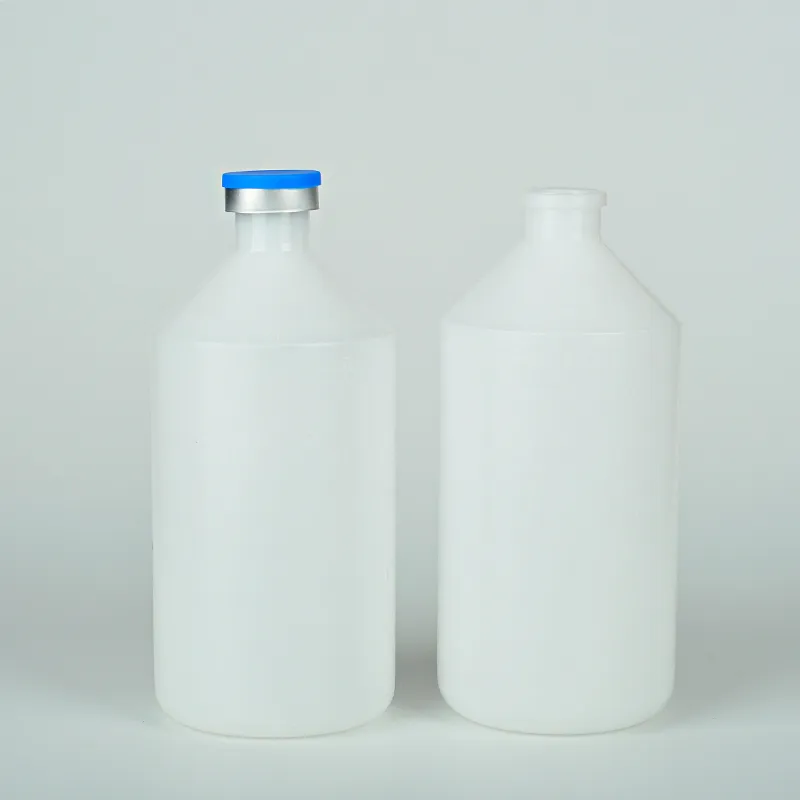
-
 Afrikaans
Afrikaans -
 Albanian
Albanian -
 Amharic
Amharic -
 Arabic
Arabic -
 Armenian
Armenian -
 Azerbaijani
Azerbaijani -
 Basque
Basque -
 Belarusian
Belarusian -
 Bengali
Bengali -
 Bosnian
Bosnian -
 Bulgarian
Bulgarian -
 Catalan
Catalan -
 Cebuano
Cebuano -
 Corsican
Corsican -
 Croatian
Croatian -
 Czech
Czech -
 Danish
Danish -
 Dutch
Dutch -
 English
English -
 Esperanto
Esperanto -
 Estonian
Estonian -
 Finnish
Finnish -
 French
French -
 Frisian
Frisian -
 Galician
Galician -
 Georgian
Georgian -
 German
German -
 Greek
Greek -
 Gujarati
Gujarati -
 Haitian Creole
Haitian Creole -
 hausa
hausa -
 hawaiian
hawaiian -
 Hebrew
Hebrew -
 Hindi
Hindi -
 Miao
Miao -
 Hungarian
Hungarian -
 Icelandic
Icelandic -
 igbo
igbo -
 Indonesian
Indonesian -
 irish
irish -
 Italian
Italian -
 Japanese
Japanese -
 Javanese
Javanese -
 Kannada
Kannada -
 kazakh
kazakh -
 Khmer
Khmer -
 Rwandese
Rwandese -
 Korean
Korean -
 Kurdish
Kurdish -
 Kyrgyz
Kyrgyz -
 Lao
Lao -
 Latin
Latin -
 Latvian
Latvian -
 Lithuanian
Lithuanian -
 Luxembourgish
Luxembourgish -
 Macedonian
Macedonian -
 Malgashi
Malgashi -
 Malay
Malay -
 Malayalam
Malayalam -
 Maltese
Maltese -
 Maori
Maori -
 Marathi
Marathi -
 Mongolian
Mongolian -
 Myanmar
Myanmar -
 Nepali
Nepali -
 Norwegian
Norwegian -
 Norwegian
Norwegian -
 Occitan
Occitan -
 Pashto
Pashto -
 Persian
Persian -
 Polish
Polish -
 Portuguese
Portuguese -
 Punjabi
Punjabi -
 Romanian
Romanian -
 Russian
Russian -
 Samoan
Samoan -
 Scottish Gaelic
Scottish Gaelic -
 Serbian
Serbian -
 Sesotho
Sesotho -
 Shona
Shona -
 Sindhi
Sindhi -
 Sinhala
Sinhala -
 Slovak
Slovak -
 Slovenian
Slovenian -
 Somali
Somali -
 Spanish
Spanish -
 Sundanese
Sundanese -
 Swahili
Swahili -
 Swedish
Swedish -
 Tagalog
Tagalog -
 Tajik
Tajik -
 Tamil
Tamil -
 Tatar
Tatar -
 Telugu
Telugu -
 Thai
Thai -
 Turkish
Turkish -
 Turkmen
Turkmen -
 Ukrainian
Ukrainian -
 Urdu
Urdu -
 Uighur
Uighur -
 Uzbek
Uzbek -
 Vietnamese
Vietnamese -
 Welsh
Welsh -
 Bantu
Bantu -
 Yiddish
Yiddish -
 Yoruba
Yoruba -
 Zulu
Zulu
Brown Reagent Bottle - Your Go-To Container for Chemical Storage
The Brown Reagent Bottle A Crucial Tool in Laboratory Chemistry
In the realm of laboratory chemistry, various instruments and containers play significant roles in the successful execution of experiments. Among these, the brown reagent bottle stands out as an essential tool for storing and handling chemical reagents. Recognized for its unique characteristics and functionalities, this bottle has become a staple in laboratories across the globe.
One of the primary features of the brown reagent bottle is its material composition, typically made from amber glass. This glass is specifically designed to protect sensitive chemicals from the harmful effects of light. Many reagents, particularly those that are light-sensitive, can undergo undesirable reactions when exposed to ultraviolet (UV) light. The brown coloration of these bottles serves to filter out UV rays, therefore preserving the integrity of the chemicals stored inside. This is particularly vital in fields such as organic chemistry, where compounds may degrade rapidly upon exposure to light.
Additionally, the brown reagent bottle is designed for durability and safety. The glass is thicker than that of standard containers, reducing the risk of breakage. This makes it suitable for use in bustling laboratory environments where multiple experiments are conducted simultaneously. Furthermore, many brown reagent bottles come with secure caps or stoppers, ensuring that the contents remain uncontaminated and that any volatile chemicals are safely contained.
brown reagent bottle

A noteworthy aspect of these bottles is their labeling system. Proper identification of stored chemicals is critical in any laboratory setting. Brown reagent bottles often come with ample labeling space, allowing scientists to clearly indicate the contents, concentration, and safety information. This simple yet effective feature helps prevent mix-ups and accidents, contributing to a safer working environment.
However, the significance of the brown reagent bottle extends beyond its physical attributes. It symbolizes the importance of proper chemical storage and management in laboratory practices. The choice of container can greatly impact the outcome of experiments, and using a brown reagent bottle reflects a commitment to maintaining the highest standards of scientific integrity.
In conclusion, the brown reagent bottle is more than just a simple container; it is a crucial tool in laboratory chemistry. Its ability to protect light-sensitive chemicals, coupled with its durability and clear labeling capabilities, makes it an integral component for any chemist. As science continues to advance, the importance of reliable and effective storage solutions, such as the brown reagent bottle, remains paramount in fostering innovation and safety in the laboratory.
-
PTFE Centrifuge Tubes - Chemical Resistant, Leak-proof, Ideal for Laboratory UseNewsJul.05,2025
-
Premium Metal Dropper Bottle for Precise Dispensing 250ml & 1ml Options AvailableNewsJul.04,2025
-
20 ml Headspace Vials - High Quality Polyethylene & Plastic Vials for Lab UseNewsJul.04,2025
-
Small Bottle with Pipette - Precise Dispensing 100ml Pipette Bottles for Essential Oils & Lab UseNewsJun.24,2025
-
Acetic Anhydride Bottle for Accurate Dropper Measurement in Pharmacy Use High-Quality Dropper BottlesNewsJun.10,2025
-
Innovative PET Bottle Design for Juice – Unique Shapes & Customization OptionsNewsJun.10,2025






















